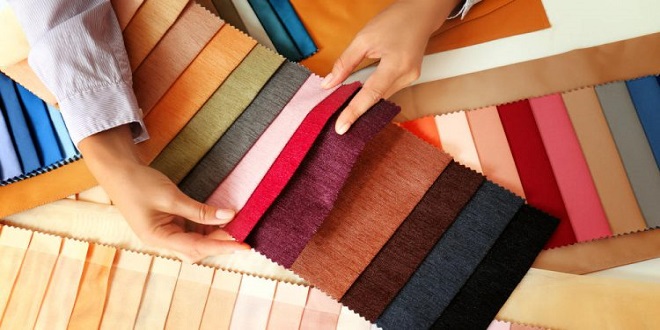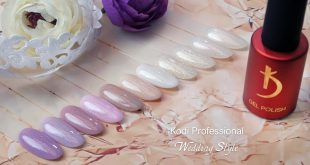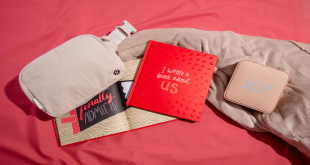Sourcing suitable fabric for your apparel production is one of the most critical steps before making your garments. The proper sourcing practice can help you avoid pitfalls and ensure you get suitable fabrics for your designs.
Often the best way to source is to work directly with a mill or with a fabric-sourcing agent who has a network of partners all over the world.
Sustainability
Sustainability is a complex concept that encompasses multiple aspects of social and environmental well-being. It requires an interdisciplinary approach to build relationships and collaborations for sustainable knowledge, action, and understanding worldwide.
In practice, sustainability is about improving a business’s long-term financial performance and its impact on people and the environment. This is known as the Triple Bottom Line (TBL) model.
When sourcing fabrics, retailers should seek out those made with eco-friendly materials. These include natural fibers, recycled cotton and other organic products, and those made with less toxic chemicals.
Another critical aspect of sustainability is using environmentally friendly manufacturing processes and technologies. These can reduce energy consumption in the production process, minimize water waste, and prevent emissions of harmful gases into the air.
However, there are some significant challenges to achieving this goal. First, it takes time to implement sustainability practices from the sourcing stage through production.
Second, implementing sustainable fashion fabric sourcing requires strategic planning and long-term commitment from businesses. They must rethink their purchase process and engage in collaborative discussions with suppliers who actively invest in green practices.
For apparel manufacturers, sourcing sustainability-friendly fabrics are crucial to their success. It can also help increase sales and a brand’s reputation as consumers become more conscious of the environment and seek brands that are doing their part to protect it.
Quality
Fabric is one of the most critical components of a garment. It can account for between 50 to 65 percent of the overall cost. So it is essential to find the right fabric supplier for your business and select the best quality material.
There are many things to consider when sourcing your fabrics, including the end use of the material (leggings or outerwear?), the content of the fabric (cotton or polyester?), and GSM (grams per square meter). The end use is important because it will help you narrow down which suppliers to approach, while the content will be helpful to know how heavy or thin the fabric is.
A good textile consultant can assist you with all this and provide a fabric specification sheet that details the fabric’s performance and durability. They can also help you create a fabric library so that buyers who visit your factory to source new styles can have an idea of the base fabrics and performance standards you have used for previous collections.
In today’s competitive apparel industry, quality control is practiced from the sourcing stage to the finished product. It involves not just the physical and chemical properties of the fabric but commercial issues like labeling, packaging, and presentation.
Pricing
When sourcing fabrics, it is essential to price them accurately. This will determine the profit you make on your apparel. It will also affect how much you charge retailers.
Fabric pricing varies yearly depending on the market and the resources needed to make the fabric. You can ask your supplier for a sample and bulk yardage price per yard to help you plan your fabric purchases.
Another way to price fabrics is by using a weight chart. This is an easy tool to use and can help you determine what type of fabric is best for your clothing line.
Often, bottoms require a heavier weight of fabric than tops. However, this is sometimes the case; it depends on your design.
It is crucial to test the fabrics you are considering before placing a large order. This will ensure they are suitable for your product and can withstand production.
In addition, it is essential to consider the fabric delivery lead time when planning your fabric sourcing. Many buyers demand short delivery times.
It is essential to source from a verified fashion fabric manufacturer or specialist fabric agent so that you can be sure that they know their industry and have the experience to produce the quality fabric you need.
Stability
Stability fabrics are a vital part of any apparel manufacturing operation. The suitable stability fabric can provide several benefits to your garments, including durability, wear resistance and colorfastness.
Aside from these characteristics, fabric stability is also a critical factor in how well your apparel will hold up to washing and laundering. When a fabric is unstable, it may become stretched or wrinkled and can cause problems with appearance, fit, and serviceability.
The quality of yarn used in textiles is another crucial aspect of fabric stability. The strength of the yarn and its degree of twist significantly impact how well the fabric performs during the washing and laundering process.
This is especially true about fabrics designed for hard-wearing applications such as school clothing and work wear. A strong and tight weave is essential to ensure that the garment can stand up to rigorous use in a busy environment.
In addition, a good fabric should be free of skewness or torque, which causes a distortion of the side seams, sleeves, and legs during the washing and laundering process. This type of distortion is often called crocking and can significantly detriment the quality of your apparel.
Stability fabrics are an essential part of any apparel production process, but research still needs to be done to understand how they can be sourced and implemented. This is an especially relevant area of interest when sourcing in developing countries.
 Isaiminia World Breaking News & Top Stories
Isaiminia World Breaking News & Top Stories



